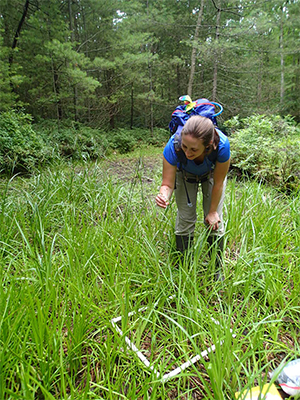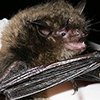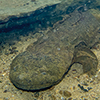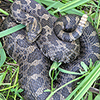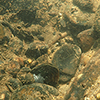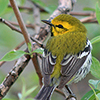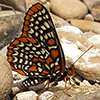Conservation Science
Protecting Pennsylvania's Plants and Animals
Species at Risk:
Northeastern Bulrush
Northeastern bulrush (Scirpus ancistrochaetus) is a plant of particular interest to WPC biologists. It is one of only three plant species in Pennsylvania listed as a federally endangered species by the United States Fish and Wildlife Service. In 1991, northeastern bulrush was added to the endangered species list due to the small number of known populations across its range. At that time, only 33 populations were documented with more than half of the populations being found on private lands where protection of the species and habitat was difficult. Since its listing, more work has been done by Western Pennsylvania Conservancy biologists and others to locate additional populations and to better understand the ecology of the species.
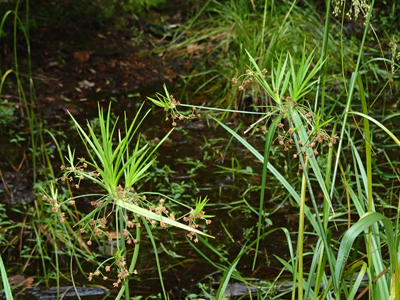
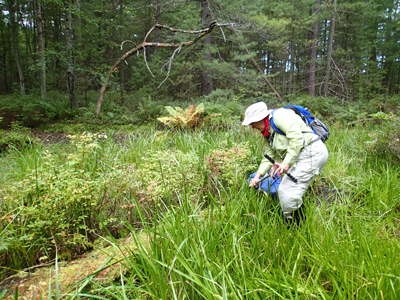
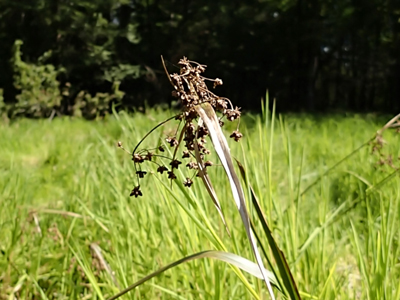
Habitat
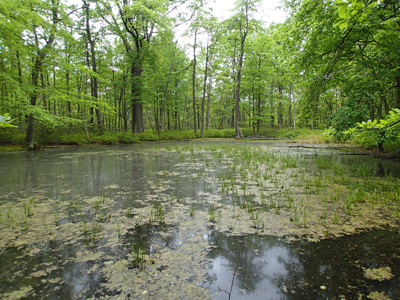 Northeastern bulrush is a member of the sedge family and is described as a “leafy bulrush” with a characteristic flower that resembles arcing, exploding fireworks. The species may grow as single plants or form larger clumps of multiple stems and flowers sharing a common rhizome. It generally grows in palustrine emergent wetlands and vernal pools where the species appears to be well adapted to seasonal water level fluctuations.
Northeastern bulrush is a member of the sedge family and is described as a “leafy bulrush” with a characteristic flower that resembles arcing, exploding fireworks. The species may grow as single plants or form larger clumps of multiple stems and flowers sharing a common rhizome. It generally grows in palustrine emergent wetlands and vernal pools where the species appears to be well adapted to seasonal water level fluctuations.
Populations
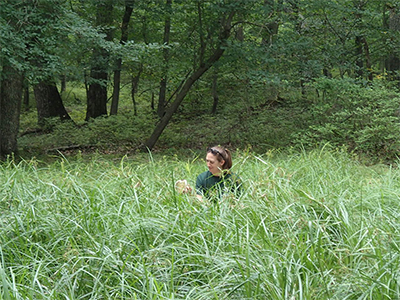 As its name implies, northeastern bulrush is found in the northeastern United States from Virginia north to New Hampshire and Vermont. Pennsylvania is in the center of the current range and plays a very special role in maintaining the species. Since its federal listing in 1991, more populations have been discovered and documented across its range. While most states have just a few populations, Pennsylvania has more than 80, making it an important genetic stronghold for the plant.
As its name implies, northeastern bulrush is found in the northeastern United States from Virginia north to New Hampshire and Vermont. Pennsylvania is in the center of the current range and plays a very special role in maintaining the species. Since its federal listing in 1991, more populations have been discovered and documented across its range. While most states have just a few populations, Pennsylvania has more than 80, making it an important genetic stronghold for the plant.
However, records from past sporadic visits to these populations indicate that the bulrush may be declining over time. We are interested in documenting this potential decline and understanding the reasons for decline.
Threats
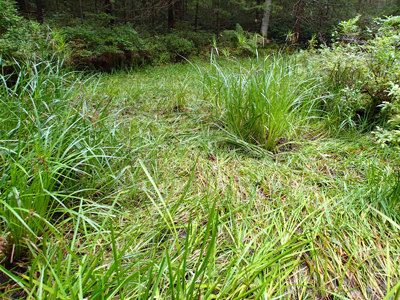 Similar to other threatened and endangered species, there are a suite of threats attributed to the decline of northeastern bulrush. Habitat degradation and destruction is a primary cause. Development activities like road construction, logging operations, agricultural and infrastructure activities related to natural resource extraction all have the potential to degrade or destroy the isolated wetlands where northeastern bulrush is found. Development activities can introduce invasive species which can either degrade habitat or outcompete northeastern bulrush for resources.
Similar to other threatened and endangered species, there are a suite of threats attributed to the decline of northeastern bulrush. Habitat degradation and destruction is a primary cause. Development activities like road construction, logging operations, agricultural and infrastructure activities related to natural resource extraction all have the potential to degrade or destroy the isolated wetlands where northeastern bulrush is found. Development activities can introduce invasive species which can either degrade habitat or outcompete northeastern bulrush for resources.
ATV usage in vernal pools also contributes to habitat degradation by disturbing soils and potentially altering drainage patterns in pools. ATVs can also damage and destroy plants.
Wildlife damage is an additional threat to the species. Deer and bear often use vernal pools as water sources and wallowing areas. Plants may be damaged and crushed as animals move through and use the pools. Deer also browse northeastern bulrush, which can have multiple population-level effects depending on when the browsing occurs.
Previous research indicates bulrush is sensitive to changes in hydrology (water depth and duration) and light availability. Although northeastern bulrush lives in a habitat where water levels fluctuate seasonally, extreme fluctuations like droughts or extended flooding have the potential to negatively affect populations. Shading from overarching trees surrounding vernal edges is also suspect to contributing to the decline of the species. These threats are of particular interest to WPC biologists and are being investigated as part of a long-term monitoring effort.
Conservation
In the 1991 Recovery Plan and subsequent 5-Year Review for northeastern bulrush, USFWS outlined the gaps in our knowledge of the ecology and population dynamics of the species. WPC biologists are now working on a project to help fill those gaps in understanding of the species.
In 2012, we established a long-term monitoring effort to follow populations over a set time to document population size, fluctuations and their relationship to environmental variables like hydrology and light availability. We found that populations can vary in size, ranging from just a few plants to thousands of stems that may occupy an entire vernal pool. Population sizes also differ dramatically from year-to-year.
Because of this year-to-year variability, it is even more important to have multiple consecutive years of monitoring data before drawing conservation and management related conclusions. We found that some of the stresses contributing to population declines, like shading from surrounding upland trees, can be ameliorated through management activities. We are now following the success of these management efforts.
Our monitoring effort is ongoing and we are excited to see what more we can learn about northeastern bulrush. Projects like this species focused monitoring effort are important because they provide us with a more complete understanding of the species that can be translated into conservation measures and management activities to better protect and conserve northeastern bulrush.
